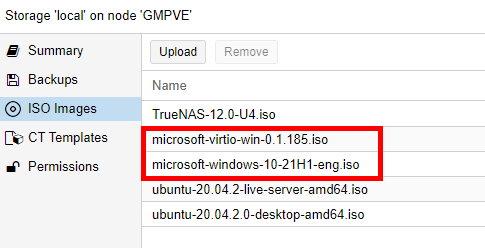

Simply go to the guest-agent folder on the ISO and run that installer. All settings in this guide are suggested optimization settings only and are in no way requirements. This should now add the shown virtio-drivers in device manager. This article is intended to provide suggestions for configurations for Windows 10, build 2004, for optimal performance in Virtualized Desktop environments, including Virtual Desktop Infrastructure (VDI) and Azure Virtual Desktop. Right click and Update Driver, then locate the Mounted ISO, open the vioserial folder, and find the folder that matches your version of Winows running on the VM. Installing.įind the new device called “PCI Simple Communications Controller” under “Other devices” The fedora page documenting the different builds and ISO’s can be found hereĭirect download link to stable release/build: More information on the virtio-drivers are linked in the article here. Downloading.įor my use case, I need to install the virtio-drivers for windows, as well as the Qemu-guest agent.Ī proxmox read-up on installing Qemu can be found here This is a brief guide to downloading, installing, and testing it on a Windows 10 VM. To save on cost, I didn’t add any data disk and just used the 127GiB disk that comes with the OS. Creating the VM will create a few resources in a resource group such as a NIC, an NSG (network security group), a disk and of course the VM itself. See the system requirementsbefore installing Windows 10. You can create a Windows 10 VM from the Azure Marketplace.

To check this on your PC, go to PC infoin PC settings or Systemin Control Panel, and look for System type. My particular use case for having Qemu setup, is so I can make use of Proxmox backup shceduling.Īll my VM’s need to run Qemu to do this, without errors. You’ll create either the 64-bit or 32-bit version of Windows 10 that’s appropriate for your CPU.

#STABLE VM FOR WINDOWS 10 HOW TO#
How to Setup Proxmox and Qemu in Windows 10. How to add a Qemu agent in a Windows 10 VM.


 0 kommentar(er)
0 kommentar(er)
